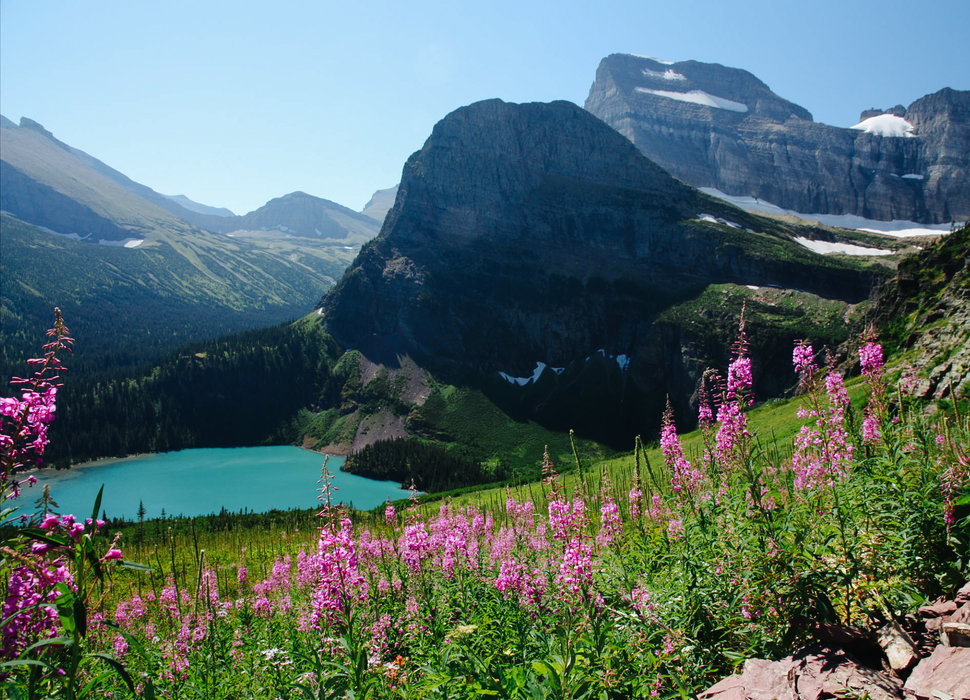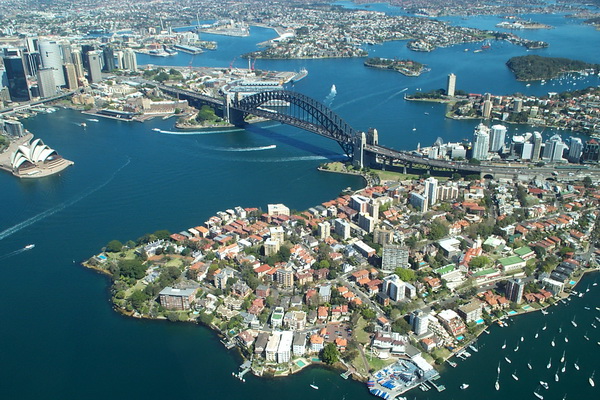
The Blue Pond :
The Blue Pond (青い池, Aoiike) outside the hot spring town of Shirogane Onsen is named after is deep blue color which it owes to natural minerals dissolved in the water. Not promoted as a tourist spot until recent years, the pond is part of an erosion control system that was built to prevent damage to Biei in case of an eruption by nearby Mount Tokachidake. Blue Pond (青い池 Aoi-ike?) is a man-made water feature in Biei, Hokkaido, Japan. It is the result of works on the Biei River (美瑛川?), carried out after the 1988 eruption of Mount Tokachi, to protect the town of Biei from volcanic mudflows. The colour is thought to result from the accidental presence of colloidal aluminium hydroxide in the water. Damage caused by Typhoon Mindulle in August 2016 resulted in a temporary drop in the water level and in the colour briefly turning brown with mud and sand from the Biei River.
Besides a free parking lot, the pond has not seen much touristic development. It takes visitors 5-10 minutes to walk through the forest to the pond. Around the pond there is not much to do other than to enjoy the scenery, which also includes some concrete structures of the erosion control system.

Nachi Falls :
Nachi Falls (那智滝 Nachi no Taki?) in Nachikatsuura, Wakayama Prefecture, Japan, is one of the best-known waterfalls in Japan. With a drop of 133 meters (and 13 meters wide),[1] it is the country’s tallest water fall with single uninterrupted drop; however, the tallest waterfalls with multiple drops in Japan are Hannoki Falls, at 497 m (seasonal), and Shomyo Falls, at 350m (year round). Kumano Nachi Taisha (熊野那智大社) is one of the three Kumano shrines, situated a few kilometers inland from the coastal hot spring resort of Katsuura. The shrine is part of a large complex of neighboring religious sites that exemplify the fusion of Buddhist and Shinto influences that is particular to the Kumano region. The site also boasts the tallest waterfall in Japan.
Kumano Nachi Taisha Shrine can be reached by bus from both Kii-Katsuura Station and Nachi Station. The one way ride costs 620 yen and takes 30 minutes from Kii-Katsura Station, and costs 480 yen and takes 20 minutes from Nachi Station. A round trip ticket is available for 1000 yen. Buses depart approximately every 45 minutes.

Matsumoto Castle :
Matsumoto Castle (松本城 Matsumoto-jō?) is one of Japan’s premier historic castles, along with Himeji Castle and Kumamoto Castle.[1] The building is also known as the “Crow Castle” (烏城 Karasu-jō?) due to its black exterior. It was the seat of the Matsumoto domain. It is located in the city of Matsumoto, in Nagano Prefecture and is within easy reach of Tokyo by road or rail. Matsumoto Castle (松本城, Matsumotojō) is one of the most complete and beautiful among Japan’s original castles. It is a “hirajiro” – a castle built on plains rather than on a hill or mountain. Matsumoto Castle is unique for having both a secondary donjon and a turret adjoined to its main keep. The castle structures, in combination with their characteristic black wainscoting, give off an air of grandeur and poise.
In spring, Matsumoto Castle is a popular cherry blossom spot. Many visit to stroll around the spacious castle grounds and park. Along the outer castle moat are hundreds of somei yoshino cherry trees that provide lovely views when they are in full bloom around mid April each year.
The castle is a 15 minute walk or a 5 minute bus ride on the “Town Sneaker” Northern Course bus loop line from JR Matsumoto Station.

Mount Koya :
The small mountaintop Buddhist community of Mount Koya is one of Japan’s most magical destinations, and the perfect place to spend a night at a Buddhist temple in shukubo temple lodgings. Mount Koya (高野山, Kōyasan) is the center of Shingon Buddhism, an important Buddhist sect which was introduced to Japan in 805 by Kobo Daishi (also known as Kukai), one of Japan’s most significant religious figures. A small, secluded temple town has developed around the sect’s headquarters that Kobo Daishi built on Koyasan’s wooded mountaintop. It is also the site of Kobo Daishi’s mausoleum and the start and end point of the Shikoku 88 Temple Pilgrimage.
Koyasan is one of the best places to experience an overnight stay at a temple lodging (shukubo) where you can get a taste of a monk’s lifestyle, eating vegetarian monk’s cuisine (shojin ryori) and attending the morning prayers. Around fifty temples offer this service to both pilgrims and visitors.

Shodoshima :
Shōdo Island (小豆島 Shōdoshima?) is an island located in the Inland Sea of Japan. The name means literally “Island of Small Beans”. There are two towns on the island: Tonoshō and Shōdoshima, comprising the district of Shōzu. The island is famous as the setting for the novel Twenty-Four Eyes, and its subsequent film adaptations. The island was the first area of Japan to successfully grow olives, and is sometimes known as “Olive Island”. Shodoshima (小豆島, Shōdoshima) is the second largest island in the Seto Inland Sea and one of the first islands born to the gods in the creation myth of Japan. The name literally means “small bean island”, which technically refers to the azuki bean but today would more fittingly refer to the soy bean or olive as the island has traditionally been a producer of soy sauce and now is even better known for its olive plantations.
Shodoshima serves as one of the venues for the Setouchi Triennale art festival. Some permanent art installations from past festivals can be seen around the island. These include several outdoor installations, most of which are concentrated around the port towns along the island’s southern coast. Note that some of the artworks are closed on weekdays and during winter.
Hitachi Seaside Park :
Ibaraki is famous for popular attractions like Hitachi Seaside Park. Agoda.com exclusively offers the lowest rates at hotels near popular National Parks. The choice of accommodation near Hitachi Seaside Park greatly varies from luxurious hotels to affordable guesthouses. Covering an area of 190 hectares, the park features blooming flowers around the year.[1] The park has become known for its baby blue-eyes flowers, with the blooming of 4.5 million of the translucent-petaled blue flowers in the spring drawing tourists. In addition to the annual “Nemophila Harmony”, the park features a million daffodils, 170 varieties of tulips, and many other flowers. The park includes cycling trails and a small amusement park with a Ferris wheel.
Feast your eyes on abundant blooms during a day trip from Tokyo to Japan’s most treasured parks: Hitachi Seaside Park and Ashikaga Flower Park. At Hitachi, stop by a flowering spring field of nemophila, commonly known as baby blue eyes, and see scarlet colors including red kochia. Then head to must-see Ashikaga, popular for its purple wisteria. Your guided tour includes a Japanese buffet lunch including Yakiniku BBQ, Sushi, salads and desserts and a round-trip coach transport from Shinjuku.



